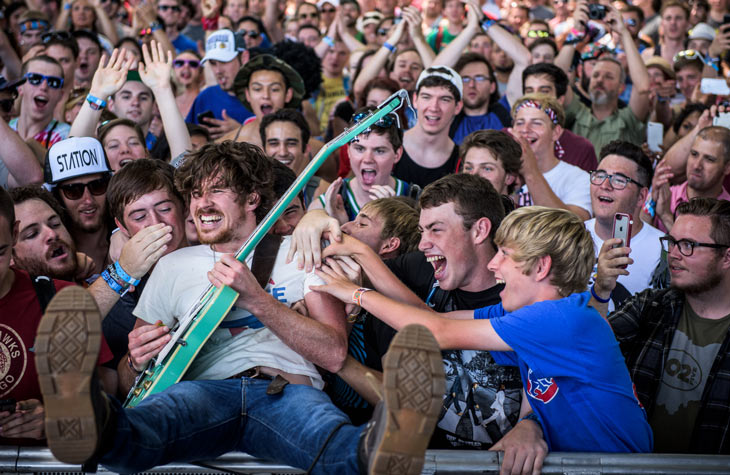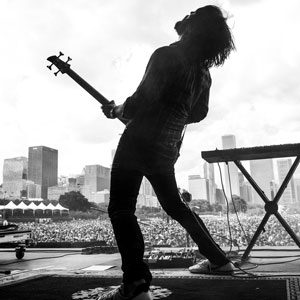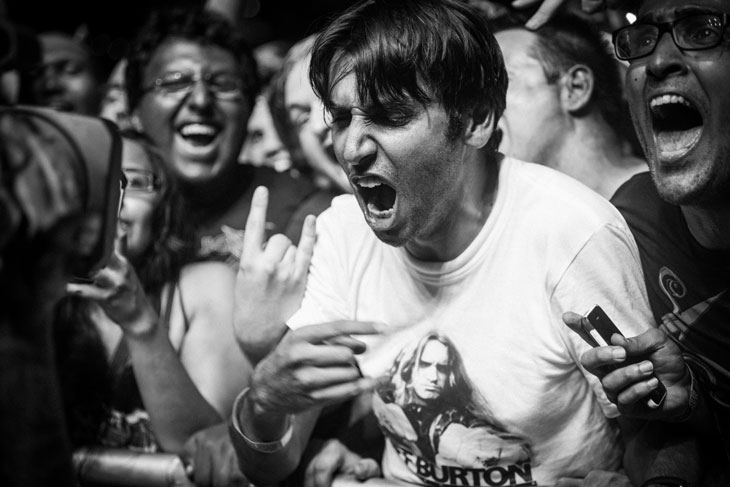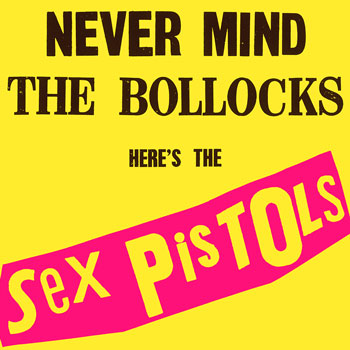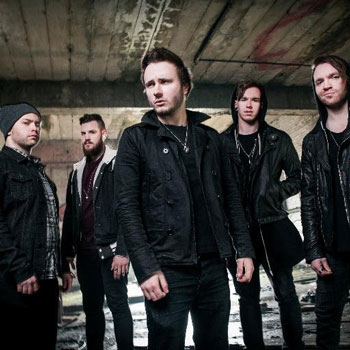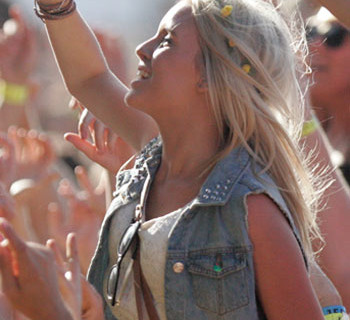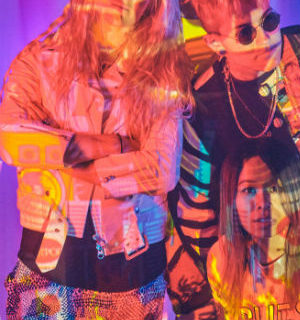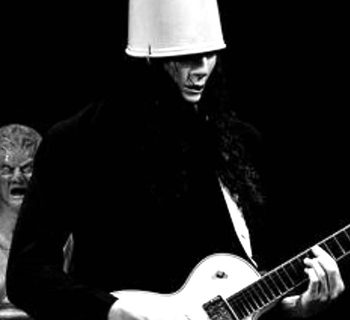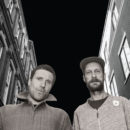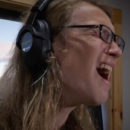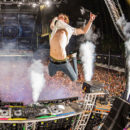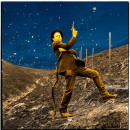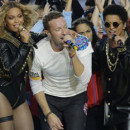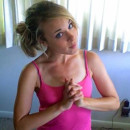For one weekend every summer, ballsy hopefuls line the banks of Lake Michigan, plotting their assault on the fences surrounding Chicago’s Grant Park. Both small packs and large hordes charge across the many lanes of the Lake Shore Drive freeway, juking traffic and security guards to storm the fortified borders of Lollapalooza. The lucky disperse into a sweaty crowd while others are escorted out. The fence hoppers are a preview of the circus that is Lollapalooza — and their spirit keeps alive the counterculture roots of the festival.
Since its inception in the early ‘90s, the event has been in a state of flux. In 1991 the first Lollapalooza was organized as a farewell tour for Jane’s Addiction and hosted a modest line-up of only nine acts which included Nine Inch Nails, Ice-T (taking the opportunity to premier his metal band Body Count), and Violent Femmes. The huge success led to the festival’s return in ‘92, tripling in size. Its sequel was groundbreaking in a number of ways: it sparked the trend of both touring and recurring music festivals, at a time when there was no Ozzfest, Warped Tour, or Coachella. Festivals were one-off occurrences for a niche crowd that occurred at random, like Woodstock.
Lollapalooza rounded up those on the cutting edge of music and everything culturally relevant, and brought it all on tour. The festival’s June 1991 press release labeled the first event as a forum to provide attendees with “... practical information on a variety of important issues ranging from the environment to politics to human rights.” Tattoo artists and political activism followed, shaping the event into a lifestyle festival rather than just a multi-day concert.
That’s what separates Lollapalooza from all other festivals: they aren’t too hipster to leave out mainstream artists or genres, and yet still make a place for the little guys.
By ‘93 it was the music event of the year, and had developed into a sort of cultural podium for edgy, controversial, counterculture movements. Rage Against the Machine took to the stage of the ‘93 festival bare-assed, protesting the censorship of the “Parental Advisory” labels that were forced on albums with explicit content. When Kurt Cobain passed away in ‘94, Courtney Love used the festival setting to publicly address fans about her late husband, who had been billed to headline.
At the time, youth, grunge and alternative rock held sway over the scene and its leaders (Soundgarden, Red Hot Chili Peppers, Pearl Jam) filled the bill, alongside underground heroes (e.g. Thurston Moore, Butthole Surfers, Dinosaur Jr., and L7). The grunge revolution of the early ‘90s is often tied to the festival, particularly Pearl Jam’s performances in ‘92 supporting the groundbreaking album Ten. The same could be said of Daft Punk in 2007; they came over from France with robot masks, a giant neon pyramid, and EDM—now fixed in our mainstream.
The edgy alternative roots haven’t been replaced in its explosive growth over the decades. Rather they’ve been supplemented by a little bit of everything, creating a show that spans all artistic tastes. Whatever your idea of cool is, Lolla taps into it. That’s what separates Lollapalooza from all other festivals: they aren’t too hipster to leave out mainstream artists or genres, and yet still make a place for the little guys.
Nowadays, EDM has made its way into the mix, along with some rap and pop. As festival founder Perry Farrell of Jane’s Addiction said in a recent press release, “The festival will always strive to be the lifeblood of the music scene.” This year, the 25th anniversary of the festival, Lollapalooza boasts acts ranging in popularity and style from Radiohead to Disclosure to FIDLAR. It’s this inclusiveness that ought to keep the festival going for the next 25 years.

